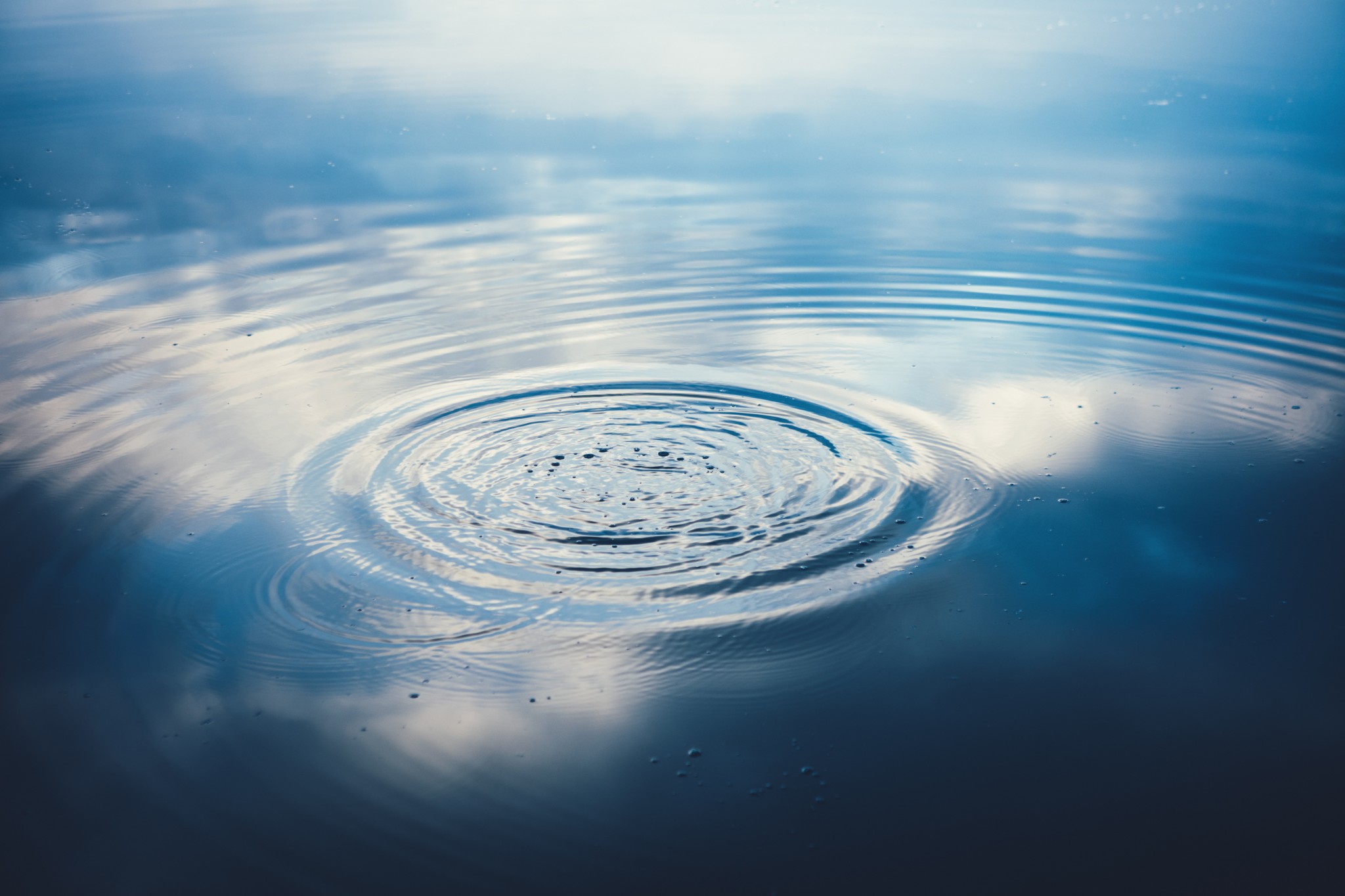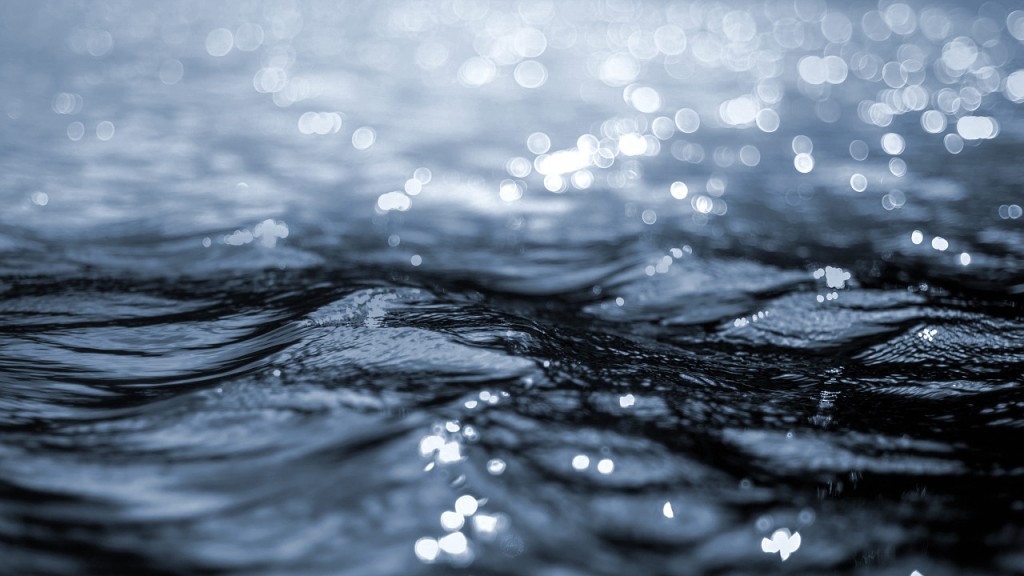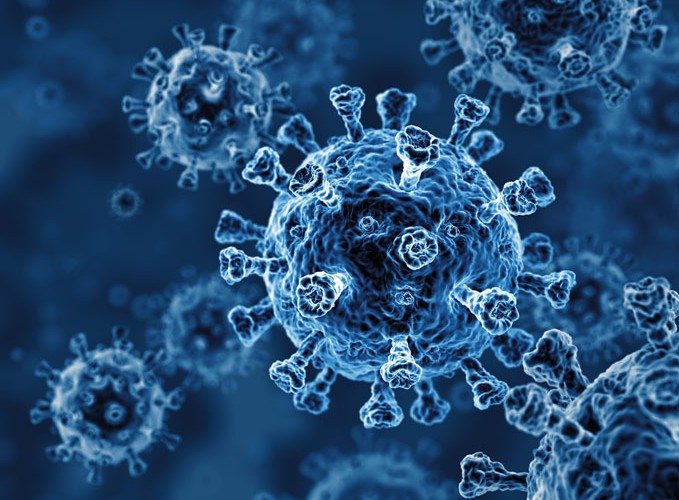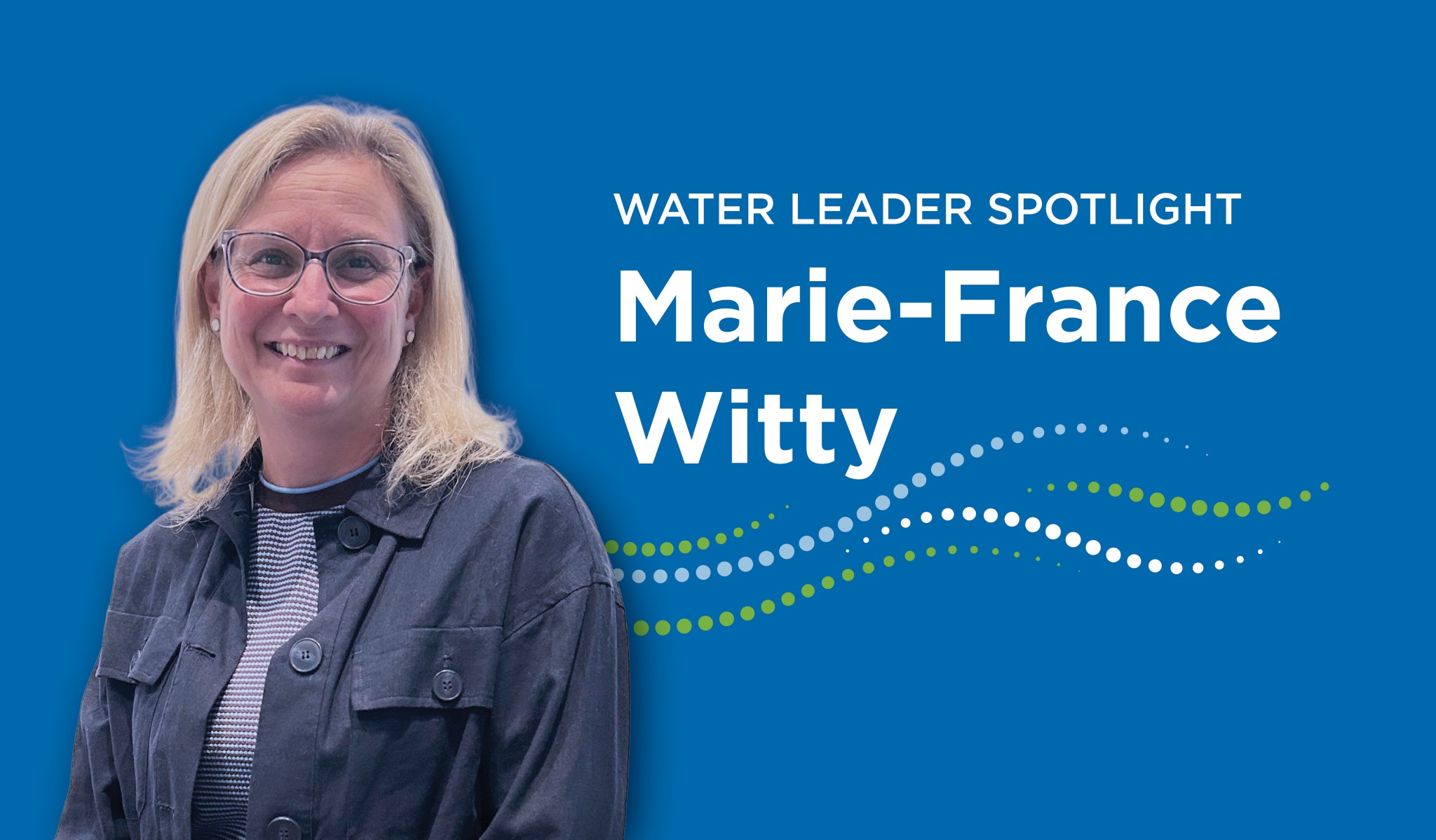Summary of new objective for PFAS in drinking water
September 12, 2024
CWN’s quarterly newsletter with the latest news, insights and thought leadership.
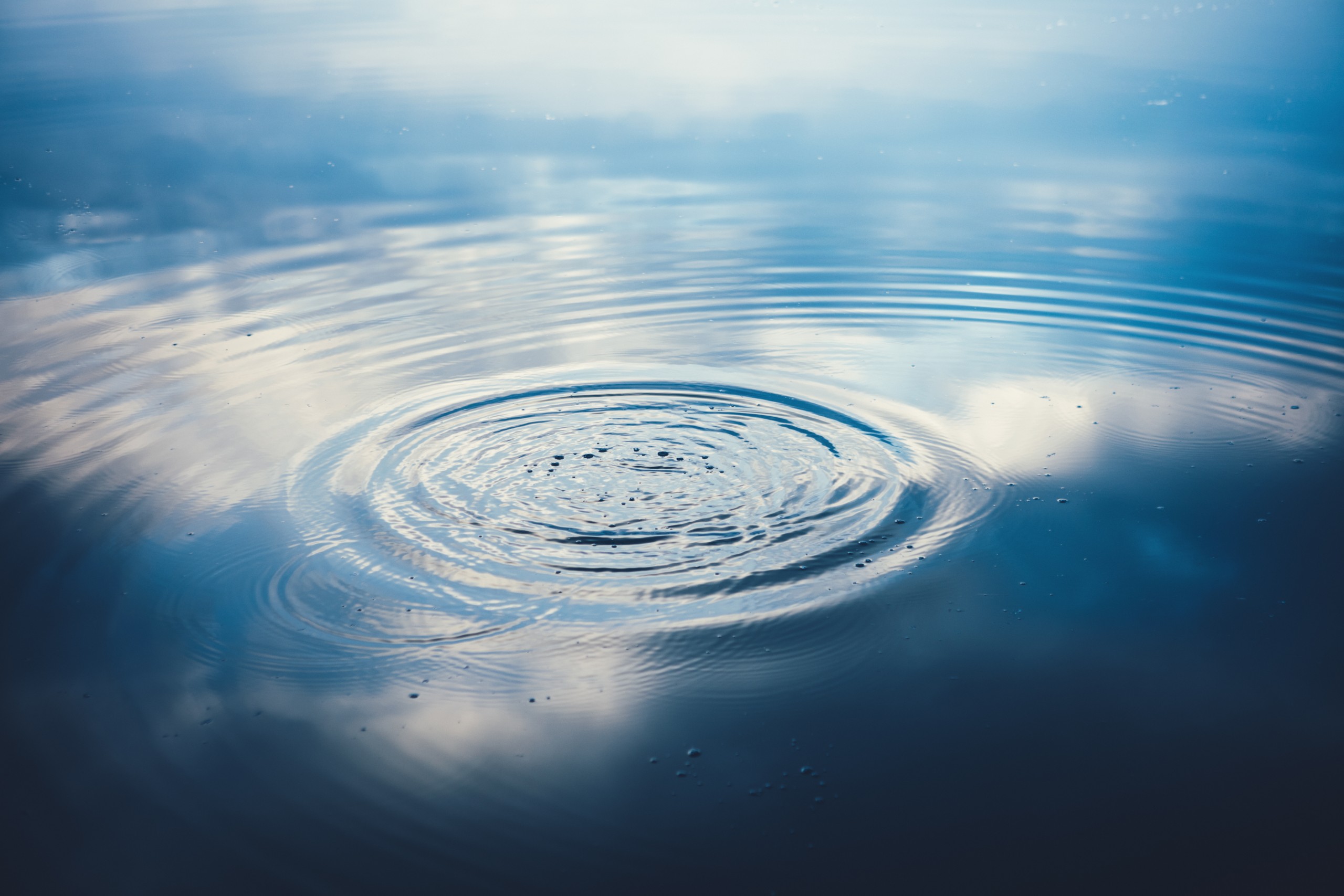
Health Canada has set a new objective for 25 specific per- and polyfluoroalkyl substances (PFAS) in drinking water at 30 ng/L. This new objective replaces two previous drinking water guidelines and nine screening values derived for individual PFAS.
The objective of 30 ng/L is based on treatment data and is considered reasonably achievable using common treatment methods such as Granular Activated Carbon (GAC), Anion Exchange (AIX), and Reverse Osmosis (RO). By focusing on a single target value for a group of chemicals, the drinking water sector can manage risks more efficiently.
Unlike traditional health-based approaches, this objective was not derived from health effects due to the rapidly evolving science and lack of consensus on health impacts. Instead, the new objective focuses on the most studied and toxicologically potent PFAS, which are also the most commonly detected in drinking water. These selected PFAS can be measured using validated standardized analytical methods.
Comparisons to international objectives
Different countries have varying guidelines for PFAS in drinking water:
- European Commission, Sweden and Denmark use a single guideline value for a combination of PFAS, with values ranging from 100 ng/L for the sum of 20 PFAS, 500 ng/L for the sum of all PFAS, to 2 ng/L for the sum of four PFAS.
- S. EPA sets legally enforceable levels for six PFAS, with limits of 4 ng/L and 10 ng/L.
This new objective by Health Canada aligns with international efforts to manage PFAS in drinking water, providing a more streamlined and effective approach to ensuring water safety.



